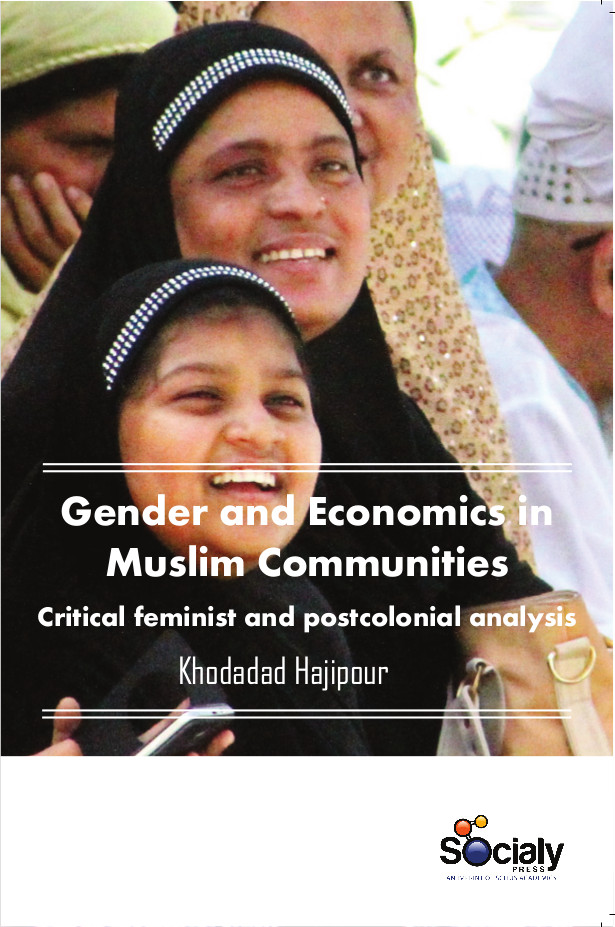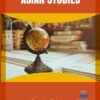The experiences of Muslim women vary widely between and within different societies. At the same time, their adherence to Islam is a shared factor that affects their lives to a varying degree and gives them a common identity that may serve to bridge the wide cultural, social, and economic differences between them. Over the past decade, there has been a growing recognition of the significance of understanding economic conditions in a broad range of modern Muslim societies. Women’s status in Islam is one of the most controversial and serious issues of our time. In some societies, a woman is still regarded as a second-class citizen and deprived of various basic rights enjoyed by the male population. The West has often regarded Islamic women as being backward in a male-dominated world, whereas Islam was the first religion formally to grant the women a status never known before. However, large gaps remain in our knowledge of the relations between gender, economic well-being, and the varying influences of religion due to gender-blind analyses and unexplored theories and simplifications regarding Muslim women’s experiences.
Gender and Economics in Muslim Communities: Critical feminist and postcolonial aims to provide the studies of socioeconomic policies and processes that impinge on women’s and men’s lives in Muslim families, communities, and countries around the world by bringing together feminist analyses of Orientalist tropes, development discourses and policies, and macro- and microeconomic trends. It aims to facilitate conversations among scholars who have tended to work within their respective disciplinary and methodological silos despite shared interests and pays special attention to intersectionality, historicity, and structural constraints by focusing on the diversity of the experiences of women and men by religion, location, citizenship, class, age, ethnicity, race, marital status, and other factors. It recognizes the complex relationships between the economic, political, cultural, and religious spheres and emphasizes that openness to different methodological approaches can shed clearer light on the question of how various structural factors shape women’s economic realities.













